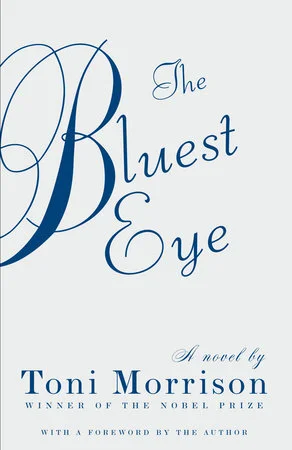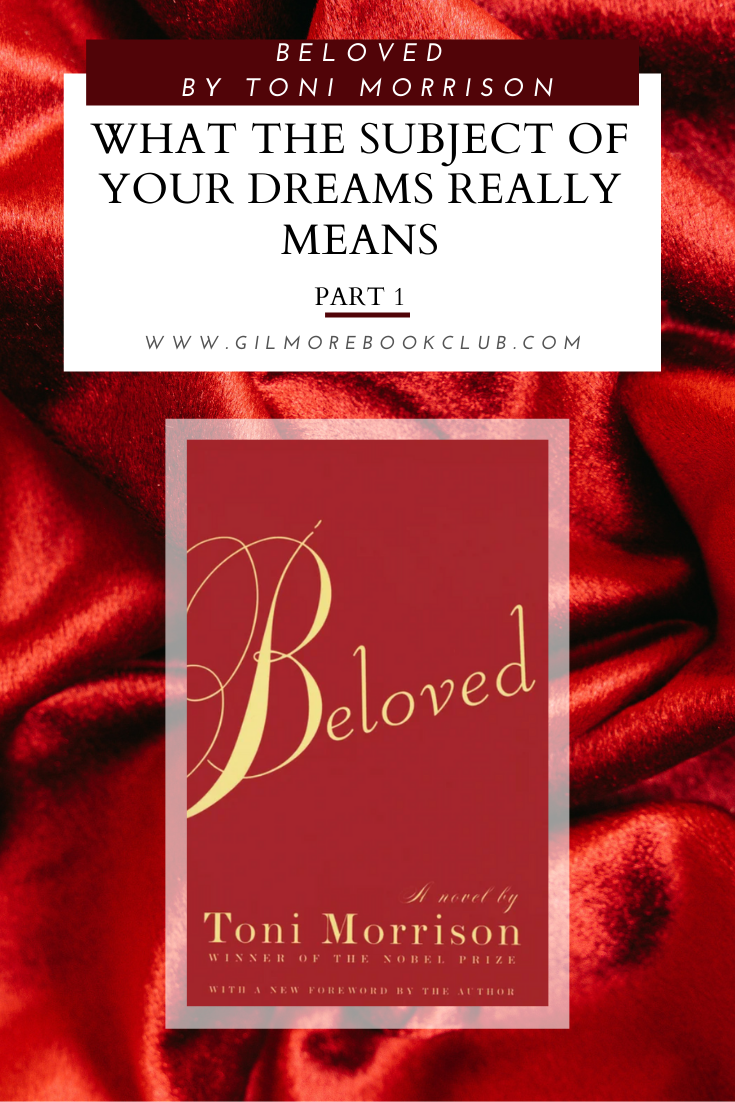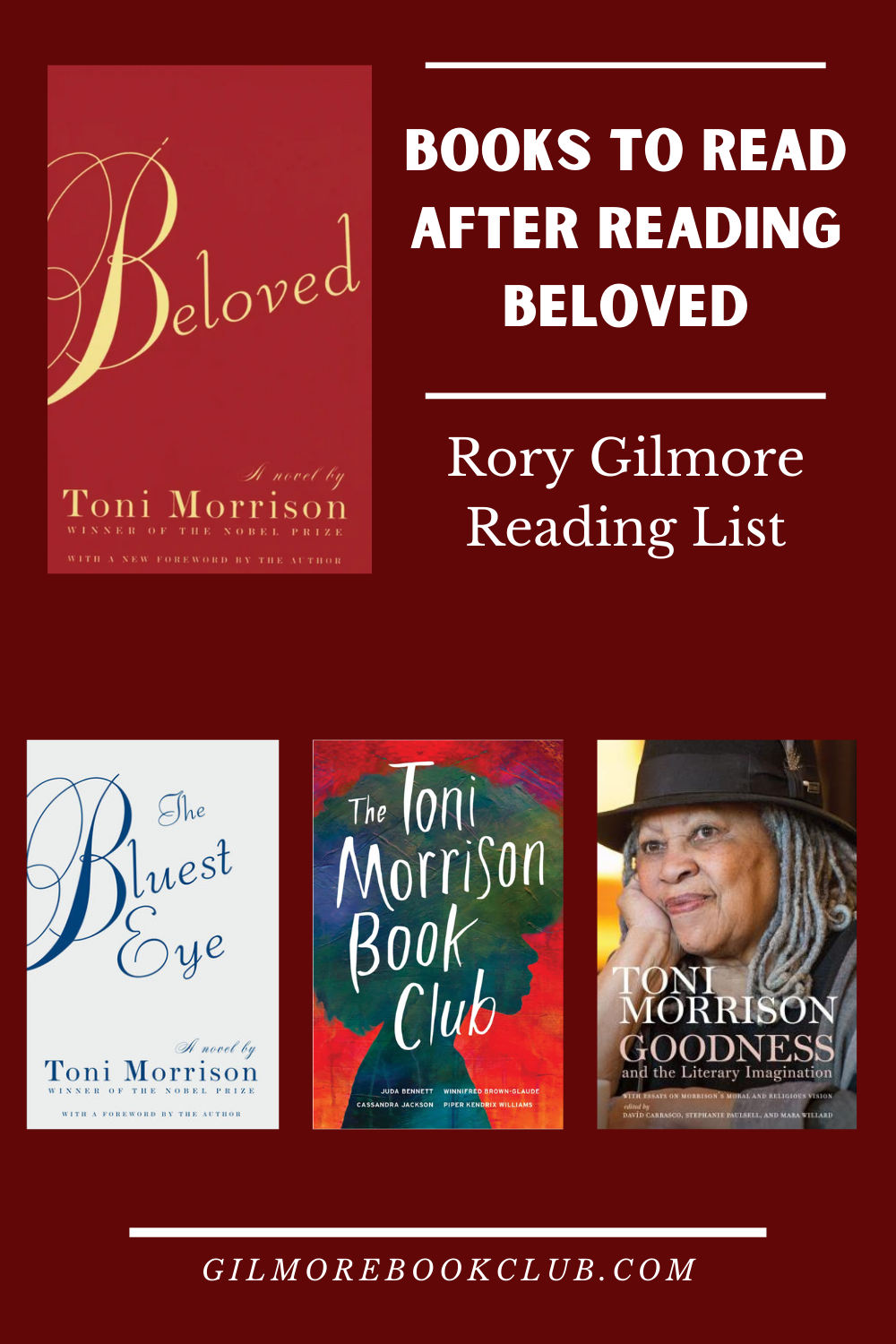beloved Velvet
Beloved by Toni Morrison
What Your Dream Object Really Means
Writers’ block: the dreaded state of being in which writers feel like their minds are as blank as the page in front of them. I believe all artists, and all people, encounter this in some form at one time or another, yet it’s attributed to writers most often, hence its name. No matter what you call it, I had it.
There’s a common piece of writing advice: write what you know. Trying to connect the dots between what I know and the quotes I had marked while reading Toni Morrison’s Beloved, I spotted a few common themes that had the potential for my next blog post. I had clearly gathered enough quotes to pen an expansive piece on fatigue, not just the tiredness of a busy life, but the fatigue that carries the weight of boulders, the kind that makes you feel so heavy you might fall through the floor to the center of the earth, the kind that comes from chronic illness, trauma, burnout, or depression. I know this fatigue on an excruciatingly intimate level; it’s my almost constant companion. And while I do have the familiarity and the words to write more about my experience with fatigue and chronic illness, it didn’t seem right, not right now, not with this book.
“Sopping wet and breathing shallow she spent those hours trying to negotiate the weight of her eyelids.” ”
A part of dedicating myself to this challenge, and a part of any reading challenge or any challenge at all, is to push myself, to get out of the space where I feel comfortable, to open my mind, to push past the first things I notice to find what I’m missing. Because that’s how I’ll learn and grow. Plus, I’m so much more than my illness, as is everyone else who has experienced the fatigue I described above, which I why I want to avoid writing about it exclusively. There is more to me, so much more.
Would I have to wait and save this book for later? That didn’t sit well with me either. Not only would I probably have to read the book again to remind myself of the details but also, the Rory list only has three books written by a black author, according to my googling of most names on the list, and this is the first one I’d have the opportunity to feature on my blog. With the exception of Isabel Allende’s The House of the Spirits, the rest of my posts have featured the works of white authors. And that’s not ok. The beauty of following a list is that it can push you to open your bookshelf to the writing of all kinds of authors, and the Rory Reading list is doing that in a way, but if we were analyze the list for diversity, it’s not very inclusive. The list is what it is, and there are many reasons for that. I can’t go back and change seven seasons worth of TV, but I can commit to making my version of the Rory Gilmore Book Club more inclusive, which is why I recommend other books I believe the Gilmores would have read in the time since the show- you can see more of that here and here.
I was committed to the Rory Gilmore Reading List and I was committed to Beloved.
Reading Toni Morrison certainly brought me outside my comfort zone. From the stream of consciousness style of writing to the discomfort that comes with sitting with the horrific details of a life of slavery to examining the central question of how much love is too much, Morrison’s Beloved pushed me into corners of my mind that I seldom go to.
“‘It’s hard for a young girl living in a haunted house’””
Pin this to save this blog post for later!
Beloved’s 124 is not a normal house, and everyone knows it. Sethe and her daughter, Denver, may be able to coexist with the spirit that dwells there, but others are at odds with the spirit and in their own way, they are eventually cast out of 124. Until one day, Paul D drives the spirit away. And while 124 is relieved of its phantom, someone even more unfathomable comes to 124: Beloved. At first a stranger with no knowledge of her family or past, the newcomer is eventually recognized to be the child Sethe had buried with one word on the tombstone: Beloved. The daughter whom Sethe risked everything for to escape from slavery: Beloved. The one Sethe loved so much, Sethe killed her in order to save her from being captured and taken back into slavery: Beloved.
At first, the physical manifestation of Beloved is a gift, a revival of lost time between mother and daughter and the two sisters, but as their relationships intensify, Beloved begins to have a parasitic effect on Sethe. As Sethe’s attention is turned to Beloved and the in-between abyss where souls returned to the world must exist, Denver is left to bear the responsibility of taking care of the household, her childhood turning into a bedeviled coming-of-age narrative. Will Sethe and Denver survive the haunting of their bodies and souls or will they expire from an extreme display of love? How much love is too much love?
While doing some research, I came across The Toni Morrison Book Club, a book of essays written by four professors on their love of Morrison, how the author’s books have made an impact on their lives, and the larger reflections on love, culture, acceptance, race, and inequality depicted in the text and in the real world. As much as possible, I do like to read similar books by authors on the Rory list or learn more about them in some way, so I immediately bought the audiobook, hoping that maybe the insights from The Toni Morrison Book Club would inform my work with Beloved at the Gilmore Book Club.
““…and she wasn’t sure this girl Amy didn’t need money more than anything, especially since all she talked about was getting hold of some velvet.””
One morning as I made my way through the park for my daily walk, I listened as Juda Bennet described his hesitancy to approach Toni Morrison at an event because he had recently abandoned his teaching of Beloved. In response to the difficulty of getting inmates to respond to reading the book, Bennet had asked them to draw velvet. It’s a rather confusing task, one that initially puzzled the inmates and myself alike. The request, however, did what, in my opinion, good literary analysis does: it got me thinking. How would I draw velvet?
In order to begin to work out what ‘drawing velvet’ might mean, we must first meet Beloved’s Amy Denver. Sethe was on the road to Ohio, stumbling along on bloodied feet, exhausted with the weight of her journey and pregnancy when Amy Denver discovers her. The fact that this white girl is helping to heal and take care of this former black slave is not the only unusual thing about Amy; she also has a fascination with and determination for velvet. Velvet is her mission and her passion and she is going to Boston to get her hands on some velvet.
So, what does it mean to draw velvet? What is my velvet? I had some thinking to do.
Go to Part 2
This page contains affiliate links. For those purchases, the Gilmore Book Club receives a small commission- thanks!
Rory Recommended Reading
If you liked this book or this post, here’s what Rory would recommend reading next!













